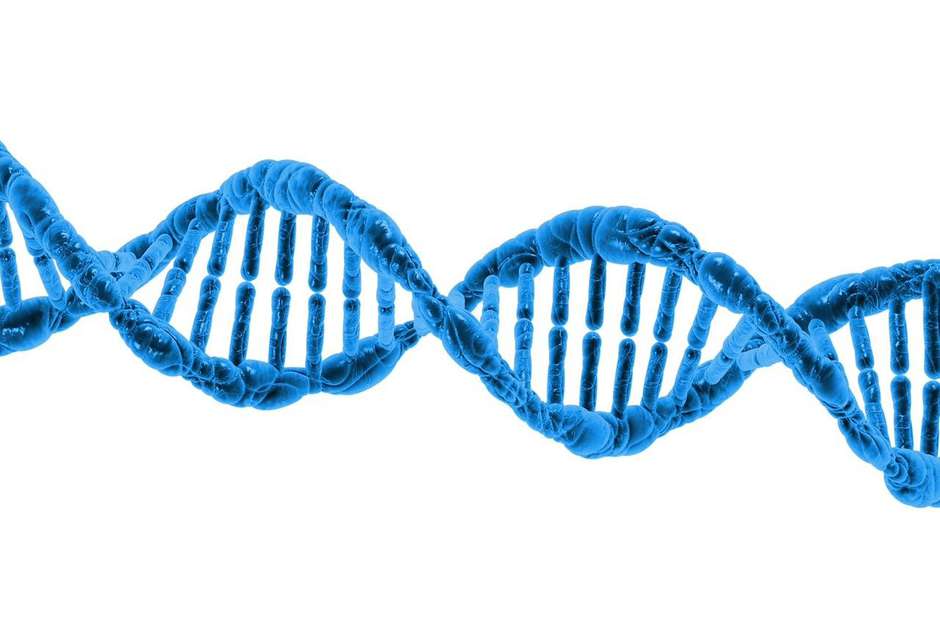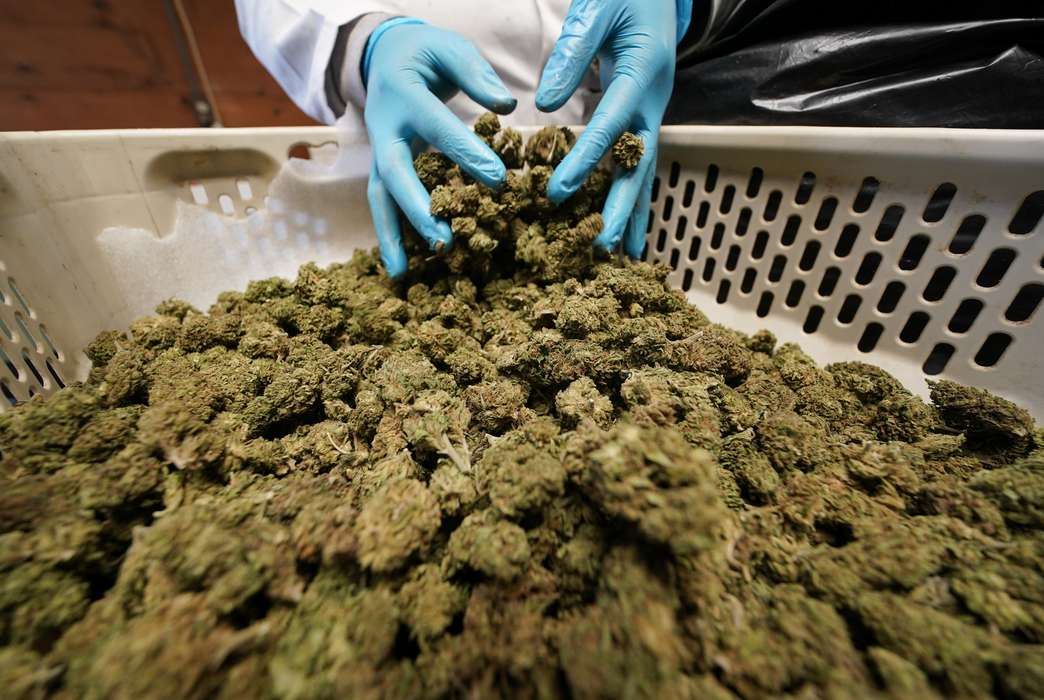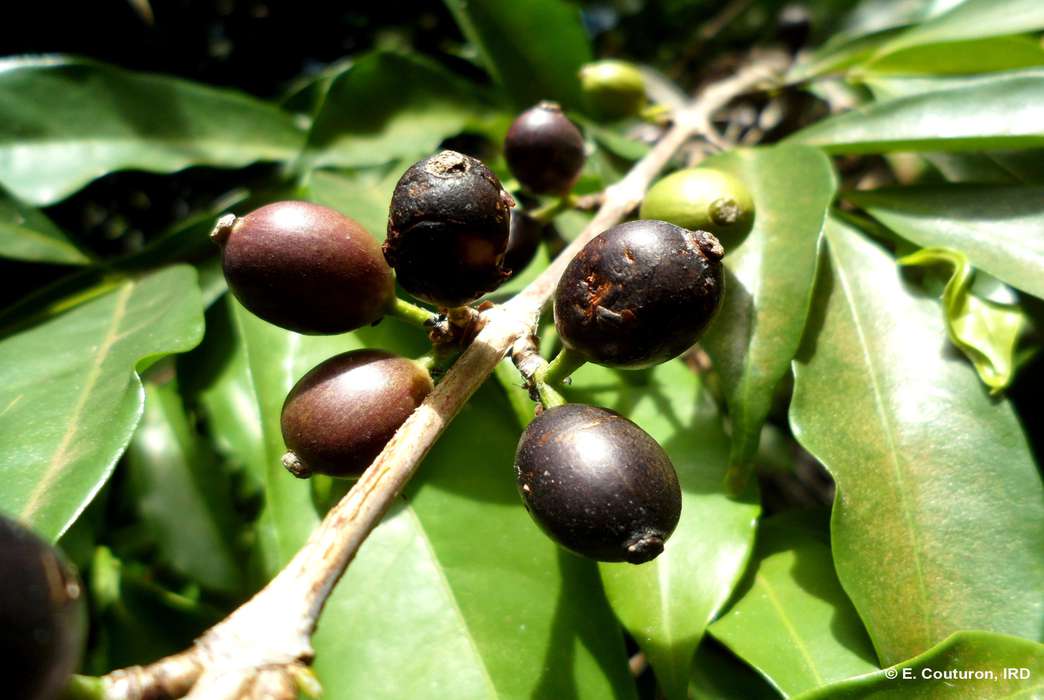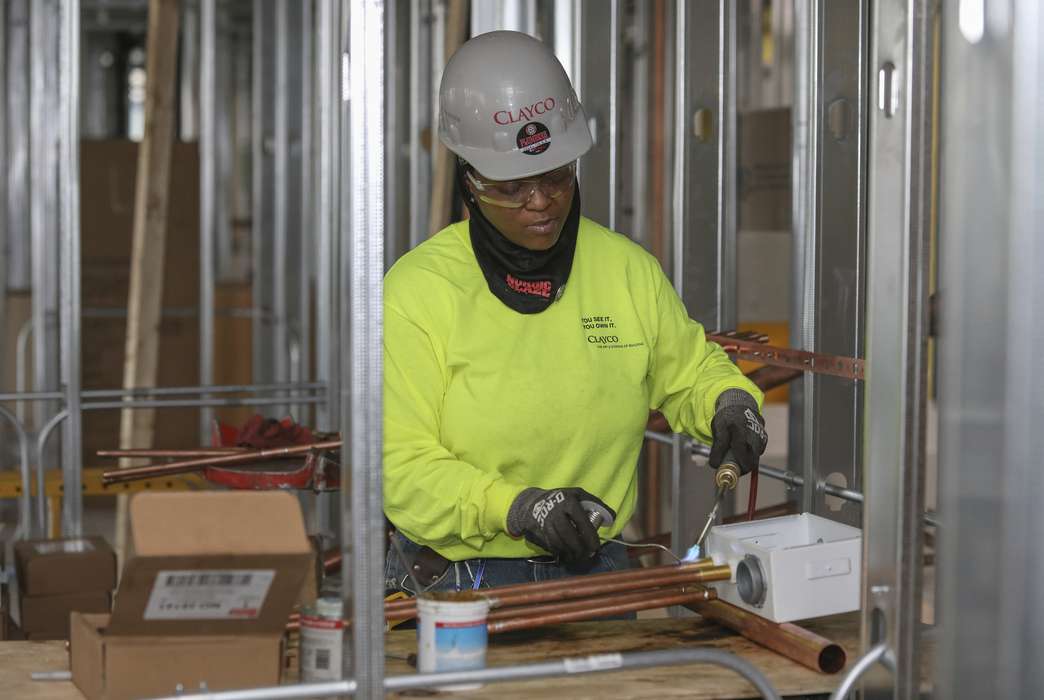Cultural ignorance and racial insensitivity drive microaggressions, US college students say
A new study analyzed the perspectives and experiences of American college students in defining racial microaggression. (Photo by Charles DeLoye on Unsplash)
American college students consider racial microaggressions to be a form of racism that now occurs more frequently than major discrimination, according to new research involving people of color and whites who attend a predominantly white university in the U.S.
In a study published Dec. 2 in PLOS One, Priscilla Lui, a psychology professor at Southern Methodist University, analyzed the perspectives and experiences of college students in defining racial microaggression.
Lui asked the students to read several vignettes that depicted subcategories of microaggression scenarios — including microassaults, which were “similar to what has been called ‘old-fashioned’ racism conducted on an individual level”; microinsults, which “were characterized by insensitivity and rudeness that unknowingly snub the receivers”; and microinvalidations, which “were characterized by unintentional behaviors that negate or nullify the experiences of the receivers” — and split them into groups for discussion. Lui sought to understand the possible negative health and social consequences associated with the categories of racial microaggression.
The research team found that the participants judged the microassault scenarios to be most unacceptable, followed by microinsults and microinvalidations. And many considered the broad microaggression events to be a result of the perpetrator’s cultural ignorance and racial insensitivity, rather than stemming from malicious intent.
“The intent was important to a lot of our participants, but probably not as important as how the victim perceived the situation,” Lui told The Academic Times. “People are not all the same, and their backgrounds, worldviews and prior experiences of a situation affects how they respond to microaggressions and what they believe.”
Though the term microaggression was first coined in the 1970s by Harvard University psychiatrist Chester M. Pierce, study and scholarship of racial microaggression scenarios and their impact on people of color have been limited. Awareness and discussion of the concept has gained popularity over the last decade, coinciding with contemporary conversations about racism and inequality in the U.S.
The students in Lui’s study discussed the complexities that people of color might face when calling out microaggressions directed at them, as well as the notion that victims of microaggressions themselves might be considered racist for calling attention to race issues.
Compared to whites, the people of color who participated in the study related more to the vignettes and used their personal experiences to contextualize their opinions about racial microaggression.
“Participants tended to consider microaggression to be a form of racism, rather than a construct that was categorically distinctive from major discrimination,” Lui said in the study. “Participants thought that microaggressions occurred more frequently and exerted less severe negative consequences, as compared to major discrimination.”
The students also noted the inherent confusion associated with the term “microaggression,” questioning whether the word may be an oxymoron. “Micro” can be perceived as trivializing interracial exchanges that are demeaning to people of color, participants said, and “aggression” implies a deliberate intent to harm, which contradicts the definition of the concept.
The idea for the study was formed from a similar exercise that Lui conducted with one of her classes in 2017. She then scaled up the model in 2018 and recruited a sample of university students with diverse backgrounds.
Lui suggested that more research and better measurements of racial microaggression and discrimination are needed in the field of psychology before there can be proper recommendations about how to address them.
“If you can’t have an understanding or an empirical evidence base for what microaggression is, how are you going to have the diversity initiatives or training programs to reduce microaggressions in the workplace, or in higher education?” Lui said.
Through the discussion groups, she found that the students tended to base their judgments of microaggressions on the receiver’s psychological experiences, rather than on the perpetrator’s prejudice or intent to harm.
It’s well documented that people belonging to a minority group are more likely to be victims of racism and discrimination, and when they experience such situations they are at a much higher risk for mental health concerns, addiction and other health problems, Lui explained.
But people of color and other minorities also face major disparities when it comes to health care, she said, as they seek services less frequently, have less access to medical resources and often receive poorer treatment.
“The reason for the differences is primarily because of social conditions that put them at a disadvantage,” Lui said, which are associated with their ethno-racial backgrounds.
“In order to be on the same page of understanding why microaggression, just like other forms of discrimination, can be hurtful and can be related to minorities’ mental health and addiction, we have to contextualize it within the broader literature on racism and discrimination,” she continued.
The study, “Is Microaggression An Oxymoron? A Mixed Methods Study On Attitudes Toward Racial Microaggressions Among United States University Students,” was published in the PLOS One online journal. Priscilla Lui of Southern Methodist University was the lead author, and Shalanda R. Berkley, Savannah Pham and Lauren Sanders, all of Southern Methodist University, provided writing, analysis, visualization and data curation support for the study.










